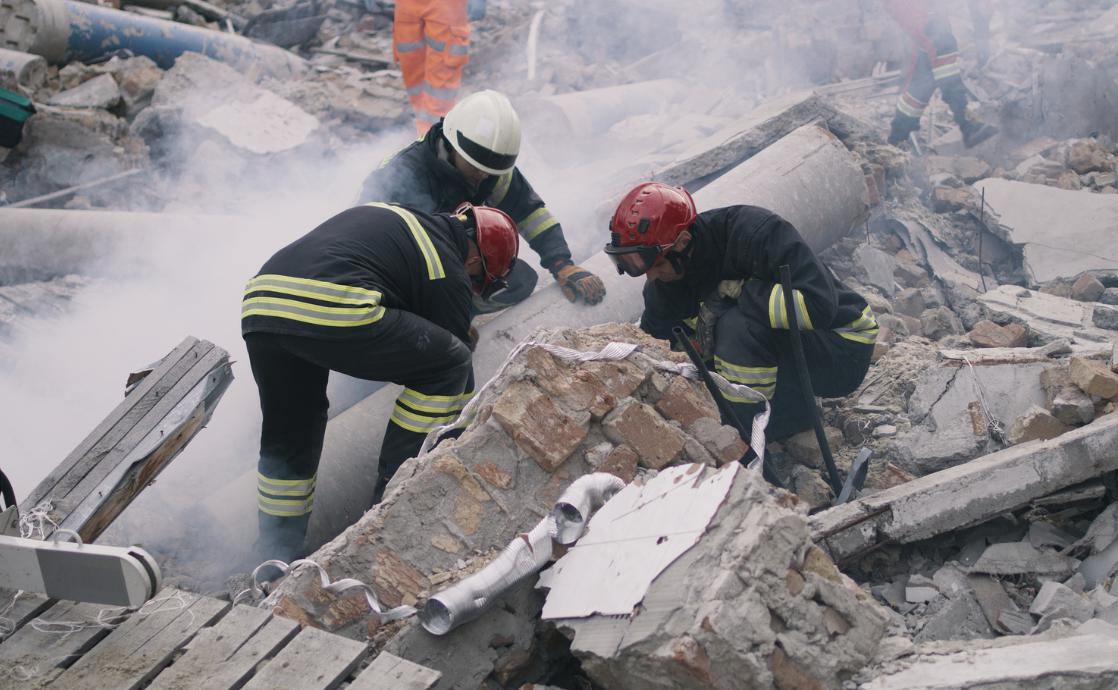Disasters, whether natural or man-made, pose a profound challenge to humanity, inflicting immense suffering and disruption. The Bahá’í teachings encapsulate a holistic perspective, emphasizing the need for prevention and preparedness. This article expounds upon key strategies to avert catastrophic outcomes through the lens of Bahá’í principles. By adhering to these insights, individuals and communities can mitigate the dreadful toll of disasters.
1. Understanding the Nature of Disasters
A comprehensive grasp of disasters is essential. They can be categorized into three primary types: natural disasters, technological disasters, and societal crises. Natural disasters, including earthquakes, floods, and hurricanes, arise from environmental phenomena. Technological disasters, such as chemical spills or nuclear accidents, stem from human ingenuity gone awry. Societal crises encompass conflicts, wars, and systemic inequalities that precipitate widespread upheaval.
2. The Importance of Preventive Measures
The Bahá’í teachings advocate for a proactive approach to disaster management. It is incumbent on individuals, communities, and governments to engage in rigorous preventive measures. Community education is paramount. By disseminating information about disaster preparedness, communities empower residents to take actionable steps. This may involve training sessions, workshops, or distributing educational materials that elucidate the nature of potential threats and the corresponding safety protocols.
3. Cultivating Resilience Through Community Building
Resilience is a critical component in disaster response. A cohesive community is better equipped to withstand and recover from adverse events. The Bahá’í principle of unity emphasizes collaboration and altruism. Fostering relationships among community members creates a network of support that can be invaluable during crises. Initiatives such as neighborhood preparedness meetings and community service projects not only enhance resilience but also engender a spirit of solidarity and mutual aid.
4. Integration of Technology in Disaster Preparedness
In an age dominated by technological advancements, the integration of digital tools in disaster preparedness is indispensable. The Bahá’í teachings encourage the judicious use of technology to enhance human welfare. For example, early warning systems that leverage data analytics can predict and disseminate information about impending disasters. Social media platforms serve as critical channels for real-time communication, enabling communities to coordinate responses efficiently and effectively.
5. The Role of Spiritual and Moral Development
The Bahá’í teachings underscore the significance of spiritual and moral development in mitigating disaster impacts. Individuals who cultivate virtues such as compassion, empathy, and selflessness not only contribute to societal cohesion but also serve as pillars of strength during crises. An emphasis on spiritual education creates a culture that prioritizes humanitarian efforts and fosters a shared responsibility for the wellbeing of all.
6. Involvement of Government and Institutional Frameworks
Effective disaster management necessitates the involvement of government and institutions. Adopting policies grounded in Bahá’í principles, which call for justice and equity, can empower vulnerable populations. Governments should establish regulations geared towards minimizing risks, such as enforcing strict building codes in disaster-prone regions or investing in infrastructure improvements. Collaborative frameworks that engage multiple stakeholders, including non-governmental organizations and international agencies, can enhance coordination and resource allocation during emergencies.
7. Fostering a Culture of Sustainability
Environmental sustainability is critical in reducing the likelihood of disasters. The Bahá’í perspective emphasizes the interdependence of humanity and the environment. By promoting sustainable agricultural practices, responsible resource management, and conservation efforts, communities can diminish the environmental degradation that often precipitates natural catastrophes. Implementing initiatives focusing on renewable energy sources can also play an instrumental role in creating a more resilient infrastructure.
8. Psychological Preparedness and Aftercare
Disasters leave not only physical damage but also deep psychological scars. Addressing mental health in disaster preparedness is vital. The Bahá’í teachings advocate for the comprehensive well-being of individuals, which includes mental and emotional health. Establishing supportive networks and offering counseling services can assist individuals in navigating the trauma associated with disasters. Community-led therapy sessions or support groups provide safe spaces for individuals to process their experiences and foster collective healing.
9. Continuous Learning and Adaptation
The dynamic nature of disaster risks necessitates a commitment to continuous learning. The Bahá’í teachings stress the importance of knowledge and consultation as tools for growth. Communities must regularly evaluate and update their disaster preparedness plans based on new information, environmental changes, and technological advancements. Engaging in post-disaster assessments allows communities to learn from past experiences and apply those lessons to future preparedness efforts.
10. Conclusion: A Collective Responsibility
In essence, the toll of disasters can be significantly lessened through the concerted efforts of individuals, communities, and institutions. The Bahá’í teachings present a multifaceted framework that champions prevention, resilience, and mutual support. By embedding these principles into the fabric of society, humanity can forge a path towards a more secure and compassionate future. The commitment to alleviating suffering is not merely an act of moral obligation; it is a binding responsibility that unifies us all in the face of adversity.
